UNIRI Pride Month Panel Talk
Introduction
Intended to bond and bridge the gap, this Pride month panel talk is about difficulties of the LGBTQ+ population on campus and how they and non LGBTQ+ people can work together for the same goals.
Overview: This project is an UNIRI (University of Rijeka) Pride month panel talk landing page
*this project is fictional
Project background: LGBTQ+ population faces a lot of challenges, such as discrimination, bullying and oppression. Since Universities are places of higher learning where students come up with ideas that shape the world I believe there should be no place for discrimination or oppression but rather inclusivity and working together for a better tomorrow and a better community. That is why this panel will bring LGBTQ+ and heterosexual population together.
What you’ll cover: In this Case study we will cover research that consists of secondary research such as blog posts, forum discussions, and quantitative research. We will also cover the visual aspects such as UI of the landing page.
Defining the objectives
Stating objectives: Our goal is that through the landing page we get the user to convert and sign up for the Panel talk.
Motivating the students to openly start talking about the problems and to actively try and improve the community. This time since it is Pride month we have decided to the topic to be “Bridging the gap”, bringing together the non LGBTQ+ population and LGBTQ+ population while discussing current problems and future co-habitation. This talk should be a starting point for future open discussions.
Defining success metrics: The metrics that we will measure are conversion rate and time spent on the page.
Project process
Research goals & methods
Understanding user needs: We wanted to learn what problems our users have on campuses, do their problems corelate with the problems of the non LGBTQ+ population, are there campus communities that they are a part of, levels of discrimination that affect them and so on.
Identifying pain points: Specify the problems you need to uncover, focusing on areas where users struggle or express frustration.
Gathering feedback: Uxcel reviews and usability tests will be used as feedback.
Explaining research methods: Research methods include competitive visual analysis and research papers on problems of the LGBTQ+ population on campuses.
Detailing your findings: LGBTQ+ students are more visible than ever on University campuses. Yet they remain both sexual-orientation and gender-identity minorities and minoritized (that is, targets of discrimination and oppression by those in power).
LGBTQ+ students in higher education face various challenges. They experience stigmatization and discrimination from fellow students and lecturers, leading to a diminished sense of safety, lack of belonging, and low self-esteem.
22% of LGBTQ+ students choose a University away from home to find a more welcoming environment, 5% of non LGBTQ+ students did the same.
18% of LGBTQ+ students experienced sexual harassment, while 6% of non LGBTQ+ students experienced the same.
35% of LGBTQ+ students said that their mental health was not good all or most of the time in University. 11% of non LGBTQ+ students experienced the same.
When students look for LGBTQ+ Communities on campus, they consider: Campus Culture, Mental Health, Community Support, Clubs and Extracurriculars, Policies and Safety, Academics and Faculty, Recruitment and Retention.
Defining the problem
The issue: Exclusion, discrimination and minoritization of LGBTQ+ population on campuses.
Context: Research shows that a higher percentage of LGBTQ+ people have problems on campuses such as bullying, discrimination, exclusion and minoritization that non LGBTQ+ population. Problems with mental health and sexual harassment have also been reported in a higher percentage.
Defining the audience
Identifying target users: Our users are College students, recent College graduates, millennials and Gen Z, both LGBTQ+ and non LGBTQ+ people.
Brainstorming and Wireframing
After research I started brainstorming and wireframing. While visual research helped me generate ideas and guide me in one direction I also started sketching wireframes to see how it would work together as a uniformed section. I also wrote down all the things that should be in focus, things to keep in mind, visual styles to focus on and try and also things that would speak and resonate with the intended user group.
Styleguide, Accessibility
Having a Style guide helps us define and guide the whole project. It helps maintain a consistent style, voice, and tone across the project.
As for accessibility I have tested the landing page with Stark contrast and accessibility plugin in Figma that follows the WACG standards.
Styleguide:
Accessibility: Here are the examples of how visual impaired people see the design. Also here are examples of WCAG standards in practice, such as correct contrast, touch target and typography size.
Final Design
Link for the prototype
Thank You for Watching
Tools used
From brief
Topics
Share
Reviews
3 reviews
I liked the design and the import you put into this is priceless.
I'm impressed by your design and work.
First of all, thank you for participating in the contest!
A good idea is at the heart of your project and I like how you progressed from research to designing the page behind the idea. It's great that you used Uxcel templates to present some of the research points.
I'm not quite sure why you're testing for contrast with a dark font on a light background when it's obvious that the contrast would be compliant. But it's cool that you have the desire to test your interface to WCAG standards.
I like how you use a soft gradient for the background of the whole page, good decision. But be careful about using large fancy shapes on the home screen, it really clutters up the first screen and doesn't allow for a soft and fluid experience, and the CTA button gets lost in that. Would also recommend using logos in the sponsor name block to increase recognition.
Good job!
Out of all the designs, yours seems the cleanest to me.
In dark mode, ofcourse its my own submission.
Loved how you used that shape in the hero section
You've been careful to ensure good contrast with the gradients(I found this missing in most)
Nothing much to nitpick really. Could you check out mine?
You might also like
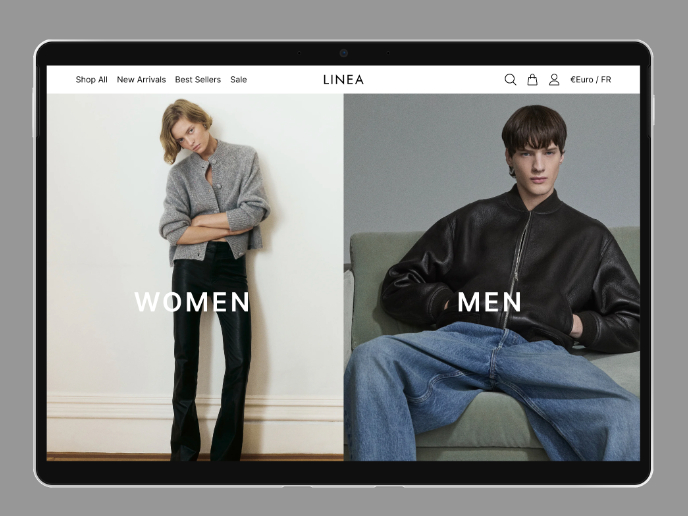
L I N E A - Minimalist Fashion Brand
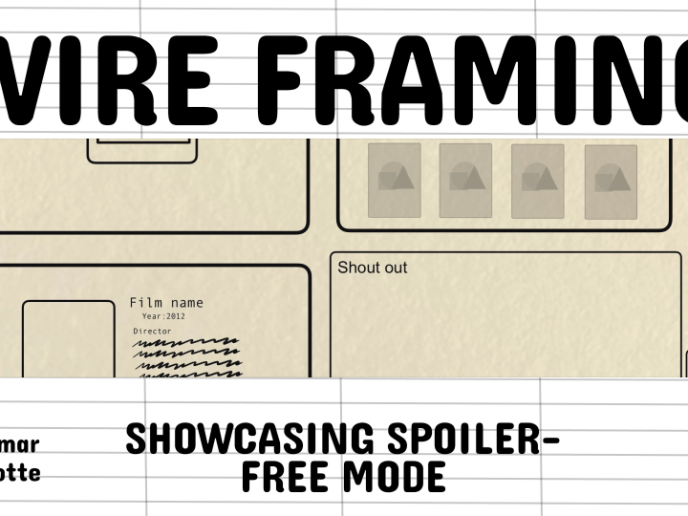
Video Streaming Service wireframe: Spoil-free mode and Interactivity
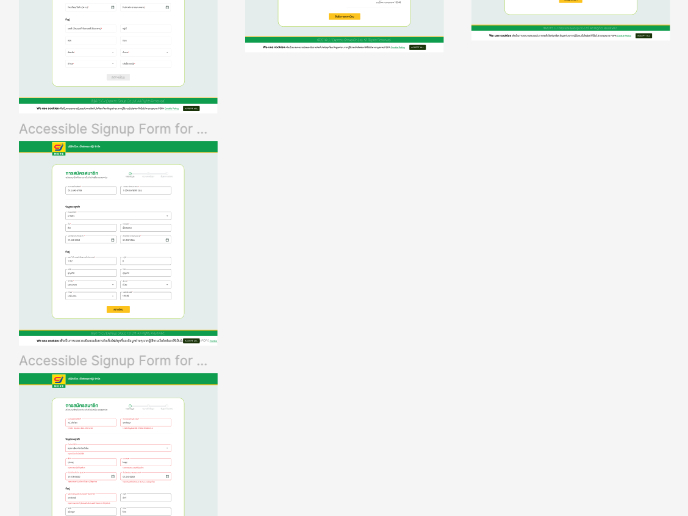
Accessible Signup Form for SaaS Platform
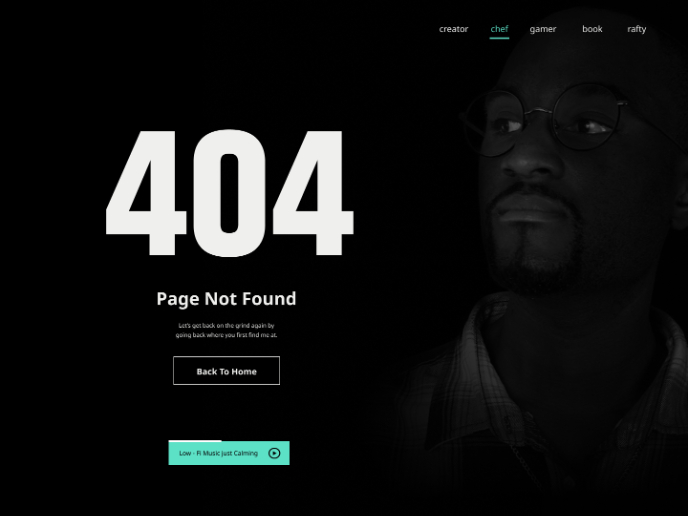
404 for Personal Website

SIPALA - Attendance, Leave, and Activity Management System
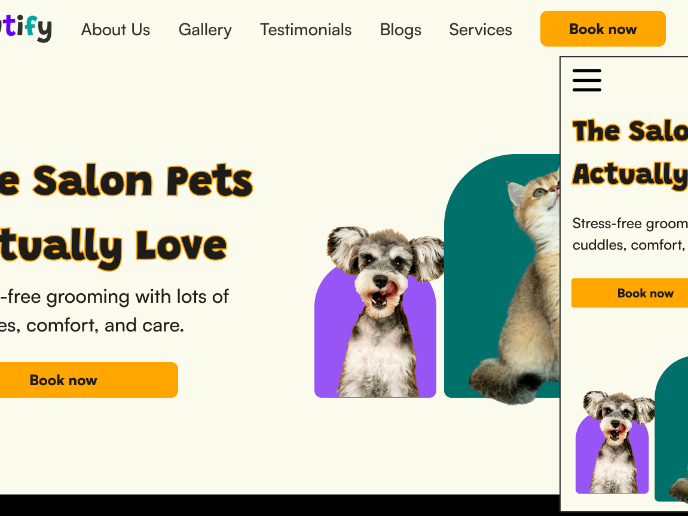
Pawtify - Responsive Landing Page Brief
Content Strategy Courses

UX Writing

Common Design Patterns





























